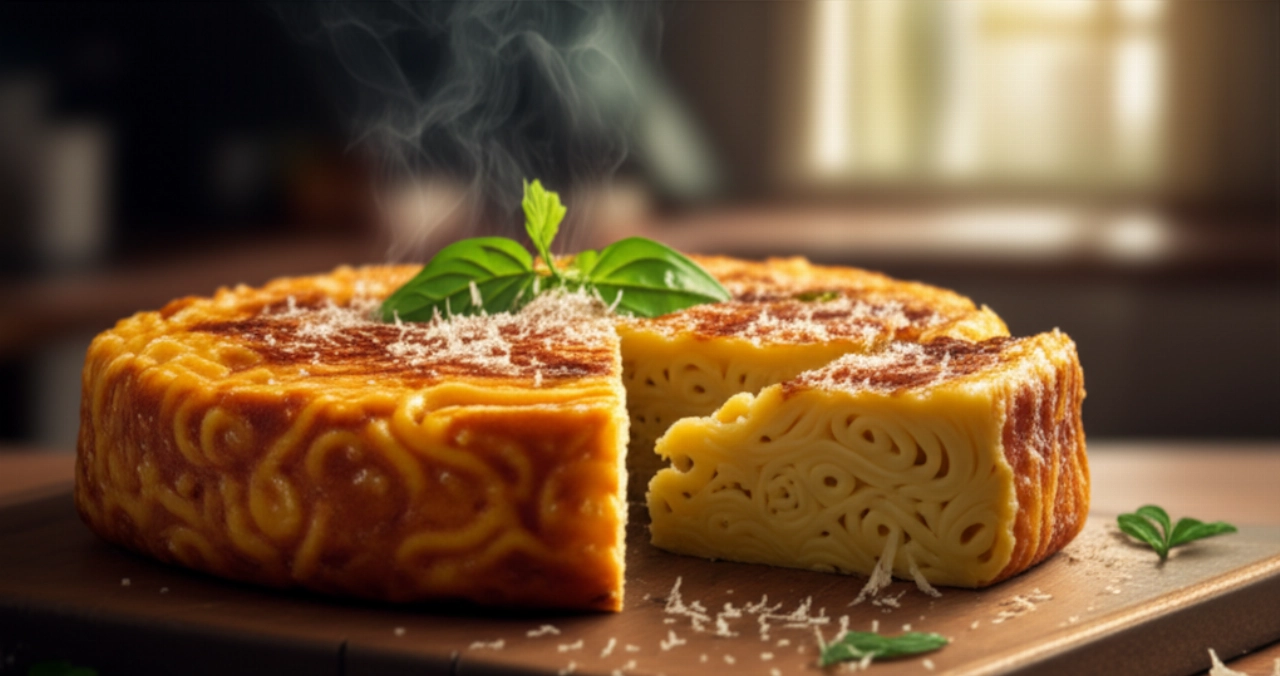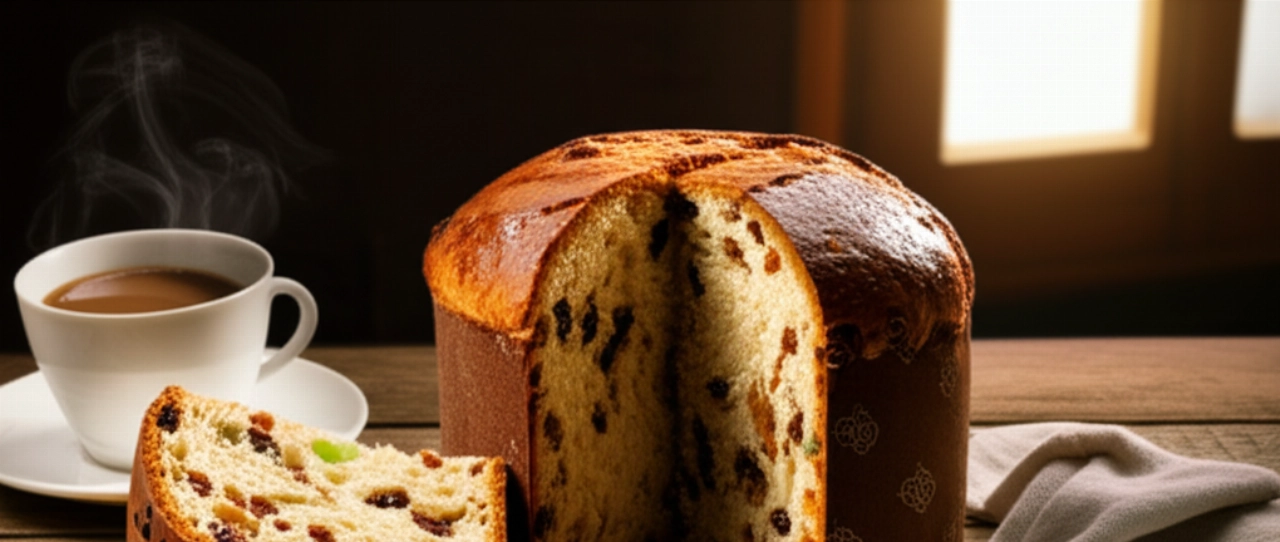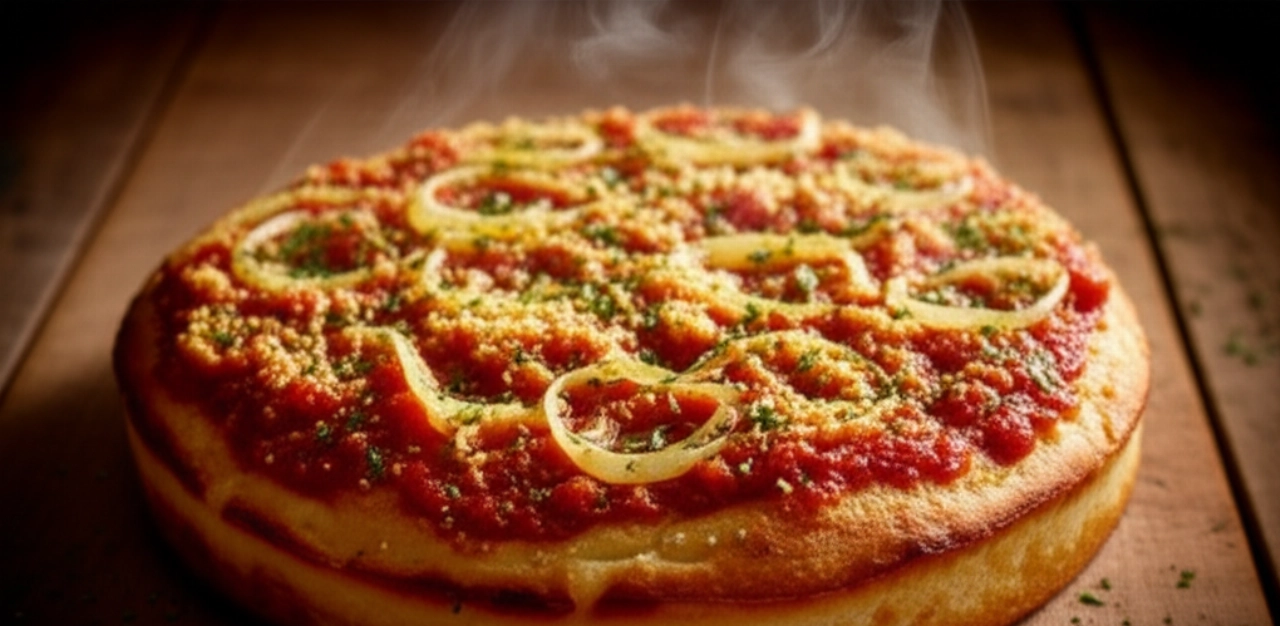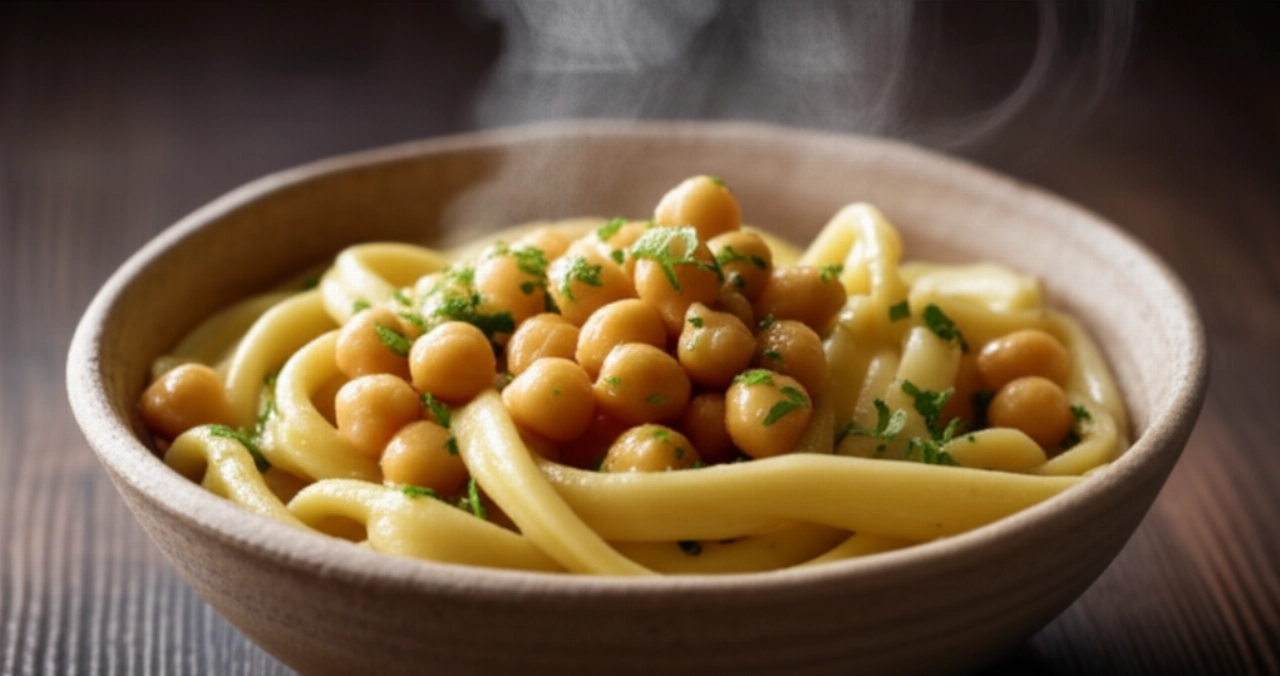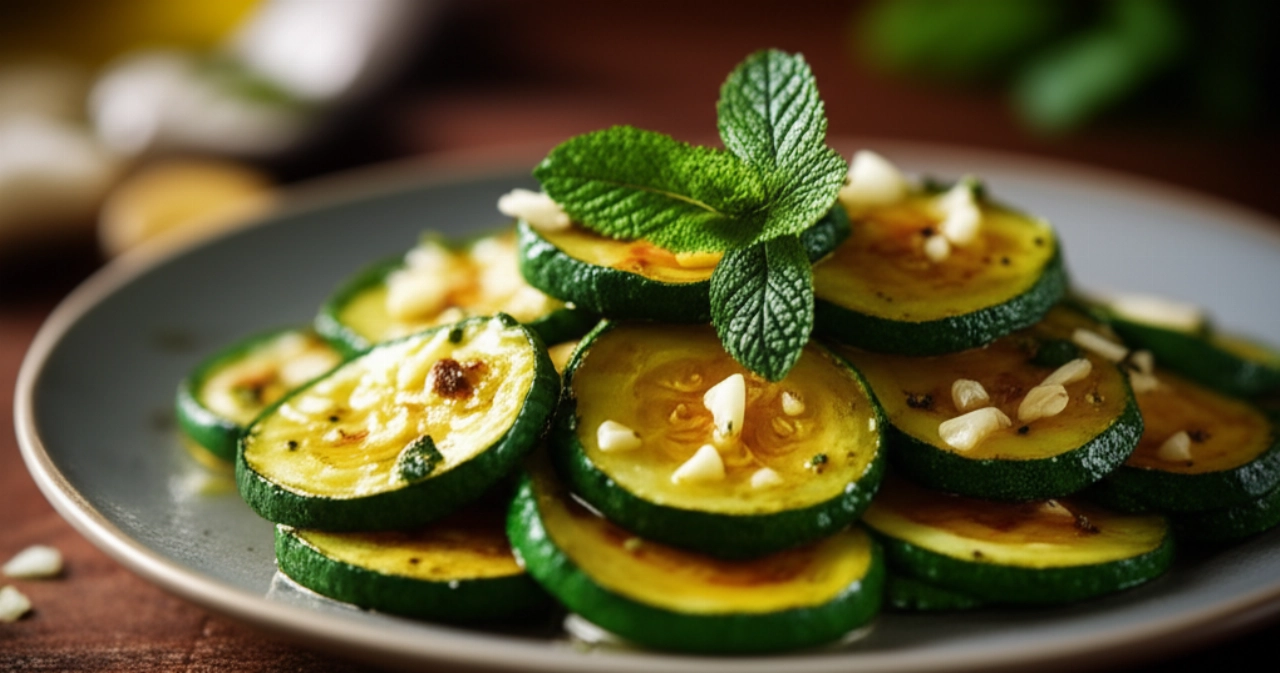Have you ever dreamed of bringing to the table a dish that encapsulates the true soul of Basilicata, a flavor so intense and authentic that it instantly transports you among the Sassi of Matera or the Lucanian mountains? We're talking about Rafanata, an explosion of taste that, if made to perfection, will conquer you at the first bite.
But perhaps you've tried to make it and it turned out flat, rubbery, or with an overly aggressive horseradish that masked every other flavor. Finding the right recipe, one that guarantees fluffiness, perfect height, and a balance of flavors, seems like an impossible mission, a secret jealously guarded by Lucanian grandmothers.
Make yourself comfortable, because here on Search Recipes I won't just give you a list of ingredients. I'll guide you, step by step, with all the tricks and secrets that only experience can teach, to prepare the tallest, fluffiest, and most flavorful Rafanata you've ever tasted. Success is guaranteed, and the aroma in your kitchen will be an irresistible invitation to an unforgettable culinary journey!
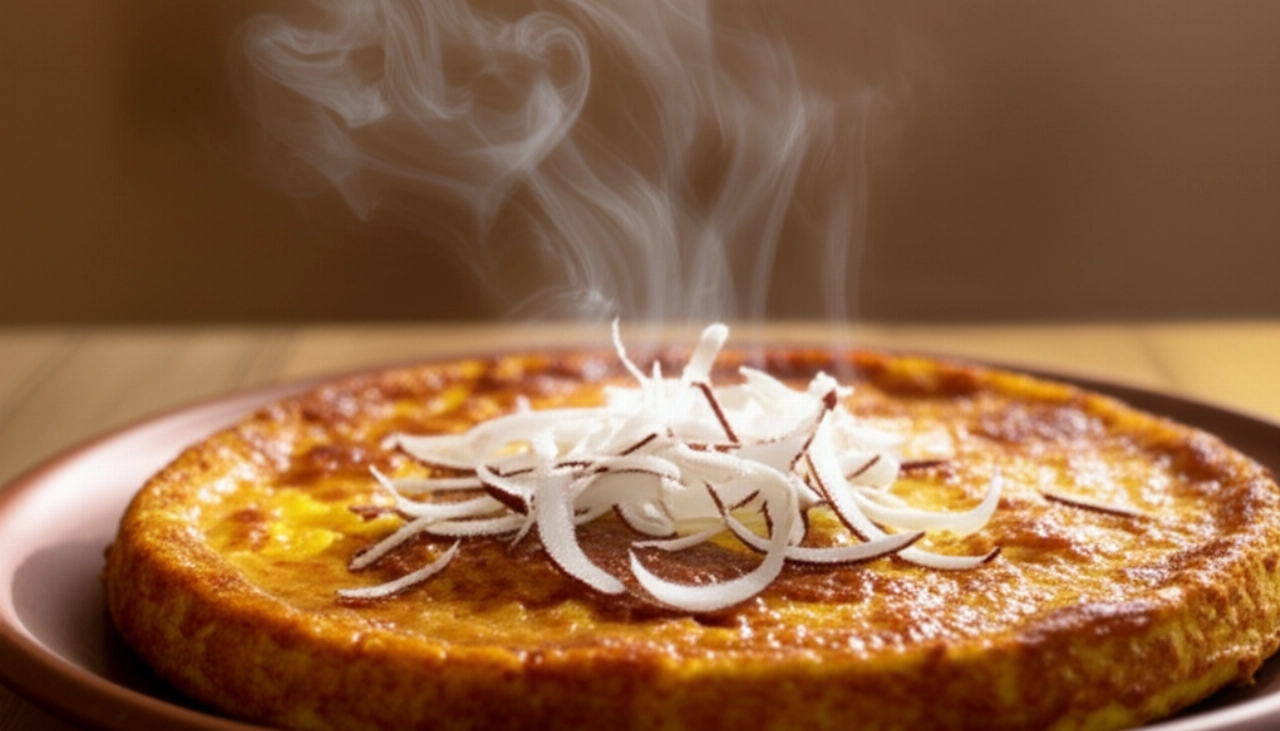
Smart Ingredients: The Choice That Makes the Difference for Your Rafanata
For a Rafanata that makes you say "Wow!", ingredient quality is fundamental. It's not just about quantity, but the "why" behind each choice. Here's what you need and why:
- Very Fresh Eggs: They are the base of our frittata. Choose them from happy hens, organic if possible. They should be at room temperature, as this allows them to whisk better and incorporate more air, ensuring a tall and fluffy Rafanata.
- Fresh Horseradish (Cren): This is the beating heart of Rafanata! Forget the jarred kind. The fresh root will give you a vibrant spiciness and an unmistakable aroma, which you can dose to your liking. It's the authentic taste of Basilicata.
- Aged Pecorino Cheese: A good aged Pecorino Romano or Lucanian Pecorino is essential. Its strong, savory flavor pairs divinely with the spiciness of the horseradish and the sweetness of the eggs. Don't skimp on quality!
- Floury Potatoes: A small amount of boiled and mashed potatoes is our secret for a Rafanata with perfect consistency. They help bind the ingredients and keep the frittata soft and moist, preventing it from becoming rubbery.
- Aged Lucanian Sausage (or Pancetta): This ingredient, although not always present in all variations, adds a savory note and an irresistible aroma. Choose a quality one, perhaps slightly spicy, for a sublime contrast. If you prefer a vegetarian version, you can omit it.
- Extra Virgin Olive Oil: A good EVO oil, perhaps Lucanian, for browning the sausage and greasing the pan. Its fruity aroma will complete the flavor profile.
- Salt and Black Pepper: Don't underestimate the importance of good salt and freshly ground pepper to enhance all the flavors.
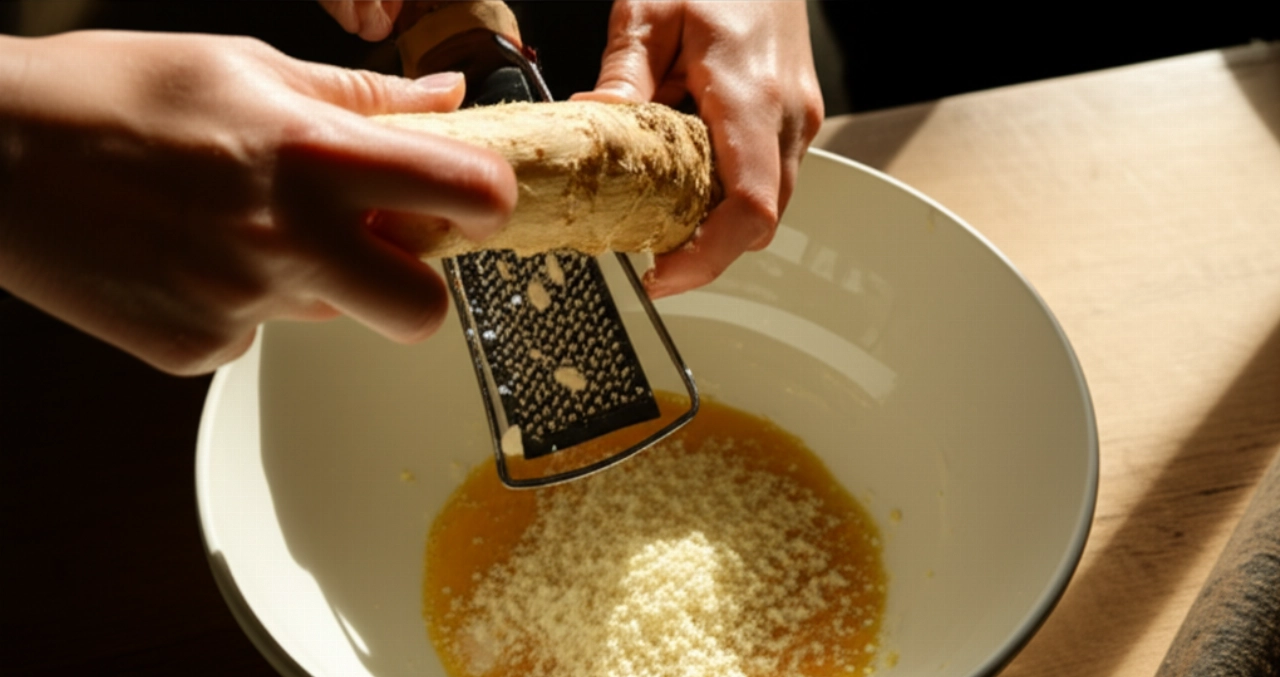
3 Common Mistakes That Ruin Rafanata (and How to Avoid Them)
Preparing Rafanata is simple, but there are some pitfalls that can turn your masterpiece into a disappointment. Don't worry, I'm here to reveal how to avoid them!
- Too Much Horseradish (or Wrong Horseradish): The most common mistake! Horseradish should be a protagonist, not a tyrant that covers all other flavors. Always use fresh horseradish and dose it sparingly, tasting the mixture (before adding the eggs) to find your balance. Jarred horseradish, moreover, has a less vibrant and often more acidic flavor.
- Eggs Not Whisked Well: Rafanata must be tall and fluffy. If the eggs are not vigorously beaten to incorporate air, your frittata will be flat and dense. Don't rush this crucial step!
- Incorrect Cooking: A Rafanata cooked over too high heat will burn on the outside and remain raw inside, or become dry and rubbery. Conversely, too low heat makes it pale and unappetizing. The key is slow and uniform cooking, preferably in the oven after an initial browning in the pan, for an enveloping heat that allows it to puff up and cook perfectly.
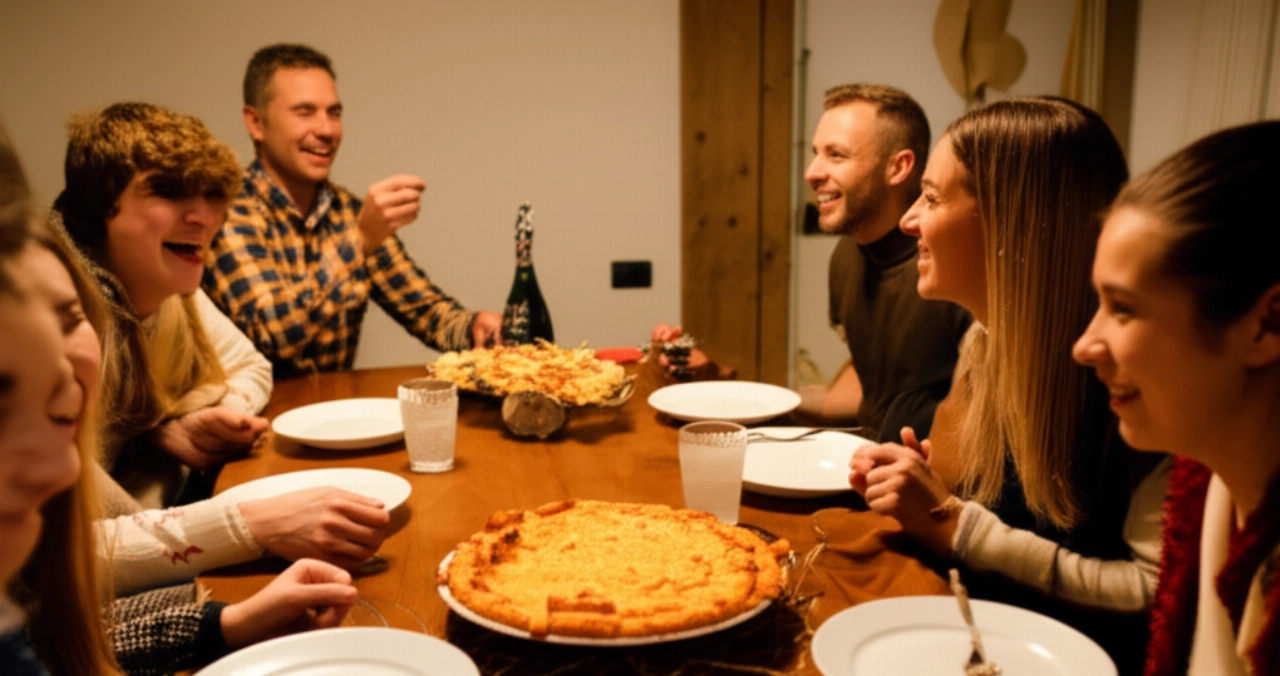
The Lucanian Grandmother's Secret: An Extra Touch of Authenticity
I still remember my grandmother, with her skilled hands working the ingredients, and her sly smile as she revealed her "tricks" to me. For Rafanata, she always told me: "Grandchild, the secret is not just in the horseradish, but in respect for the ingredients and patience."
A piece of advice she passed down to me, and which I want to share with you, is this: after grating the horseradish, let it rest for a few minutes. This allows its essential oils to release better and the flavor to intensify slightly, without becoming overly pungent. And if you want an even softer, almost velvety Rafanata, add a tablespoon of whole milk to the eggs or, as she did, a pinch of freshly grated nutmeg. It won't alter the flavor but will give an unexpected creaminess and aroma.
Let's Prepare Rafanata Together: The Step-by-Step Guide for Guaranteed Success
Now that you know all the secrets, it's time to get your hands dirty (or rather, in the eggs!). Follow each step carefully and you'll see that your Rafanata will be a triumph.
Ingredients:
- 6 large fresh eggs (at room temperature)
- 100 g fresh horseradish (root)
- 80 g grated aged Pecorino cheese
- 1 medium potato (approx. 150g)
- 100 g aged Lucanian sausage (or pancetta tesa)
- 2 tablespoons Extra Virgin Olive Oil
- Fine salt to taste
- Freshly ground black pepper to taste
- (Optional) A pinch of nutmeg or 1 tablespoon of milk
Tools:
- Fine-hole grater
- Large bowl
- Hand or electric whisk
- Non-stick pan (approx. 24-26 cm diameter) also oven-safe
- Potato masher
Method:
- Prepare the Potato: First, boil the potato with its skin in salted boiling water until tender (about 20-25 minutes). Drain it, let it cool slightly, peel it, and mash it well with a fork or potato masher until you get a smooth puree. Set aside.
- Prepare the Sausage: If using sausage, remove the casing and crumble it. Heat one tablespoon of EVO oil in a non-stick pan and brown the sausage over medium-high heat until it's golden and crispy. Drain it from excess fat and set it aside on absorbent paper.
- Prepare the Horseradish: Clean the horseradish root, peel it with a peeler, and grate it finely with a small-hole grater. Be careful with your eyes and nose, its aroma is pungent! Put the grated horseradish in a small bowl.
- Prepare the Base Mixture: In a large bowl, crack the eggs. Add the grated Pecorino, mashed potato, browned sausage (if using), salt, and freshly ground black pepper. If desired, add the pinch of nutmeg or the tablespoon of milk.
- Incorporate the Horseradish and Mix: Now it's time to add the grated horseradish. Start with half the quantity and mix all ingredients well with a whisk, beating vigorously to incorporate air. Taste the mixture (don't overdo it, it's raw!) and, if you want a more intense flavor, gradually add more horseradish, mixing each time. This is your moment to customize the spiciness!
- The Perfect Cooking: Heat the other tablespoon of EVO oil in the non-stick pan (the one that can go in the oven) over medium-low heat. When the oil is hot, pour in the Rafanata mixture. Spread it evenly.
- Start Cooking on the Stove: Let it cook on the stove for about 5-7 minutes, or until the edges begin to set and lightly brown. Gently move the pan to ensure it doesn't stick.
- Finish Cooking in the Oven: Preheat the oven to 180°C (fan-assisted). Transfer the pan directly to the oven and continue cooking for another 10-15 minutes, or until the Rafanata is well puffed up, golden on the surface, and firm to the touch. The center should be cooked but still soft.
- Serve: Once cooked, remove the Rafanata from the oven and let it rest for a couple of minutes in the pan. Then, with the help of a spatula, gently transfer it to a serving plate. Cut it into wedges and serve immediately, hot, to best appreciate all its aromas and flavors.
Tips and Frequently Asked Questions about Rafanata
Don't let any doubts stop you! Here are the answers to the most common questions about Rafanata:
- Can I use jarred or paste horseradish?
- I strongly advise against it for this traditional recipe. Fresh horseradish has a much more vibrant and authentic flavor and spiciness. Jarred horseradish is often treated with vinegar and has a different aromatic profile that could alter the final result.
- Can I omit the sausage for a vegetarian version?
- Absolutely yes! Rafanata is delicious even without sausage. If you omit it, you could add a pinch of chili pepper or a tablespoon of fresh aromatic herbs (like parsley or mint) to add an extra touch of flavor.
- How do I know when Rafanata is perfectly cooked?
- Rafanata will be cooked when the edges are golden brown and the center is firm but elastic to the touch. If you have a kitchen thermometer, the internal temperature should reach about 75-80°C. Don't overcook it, otherwise it will become dry and rubbery!
- Can I prepare Rafanata in advance?
- Rafanata is at its best when freshly made, hot and fluffy. However, you can prepare it a few hours in advance and gently reheat it in the oven at a low temperature (150°C) for a few minutes before serving. It won't lose much of its charm.
- Why didn't my Rafanata turn out tall and fluffy?
- Most likely, the eggs were not beaten enough to incorporate air, or the cooking on the stove was too fast or over too high heat, not allowing the frittata to puff up before going into the oven. Make sure to beat the eggs vigorously and start cooking over medium-low heat.
There you have it! Now you no longer just have a recipe, but all the secrets to bring to the table a dish that tastes of home, tradition, and love. A true embrace of Lucanian flavors that will conquer everyone.
Don't be afraid to experiment. Cooking is an act of creativity and passion. But start from this solid and infallible base, and you'll see that applause will not be lacking. Every Rafanata you prepare will be a small masterpiece!
Have you tried our recipe? We're very curious to see your masterpiece! Leave a comment below, tell us how it went, or share a photo on Instagram by tagging @CercaRicette.it. If you loved this journey into Lucanian flavors, you can't miss our recipe for Peperoni Cruschi, perfect for an appetizer, or our Pane di Matera, ideal for dipping!
